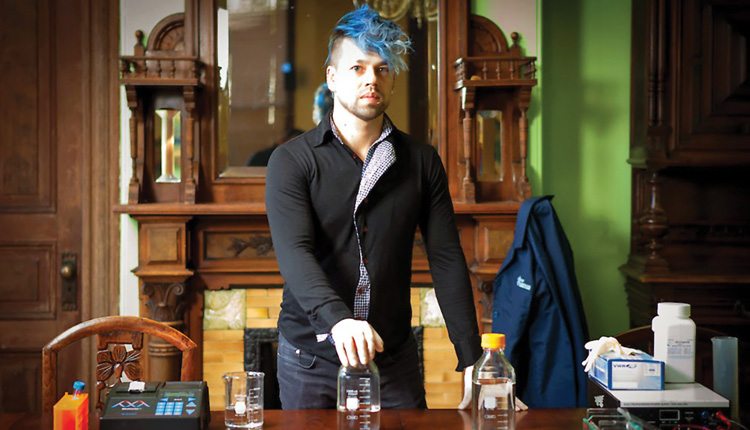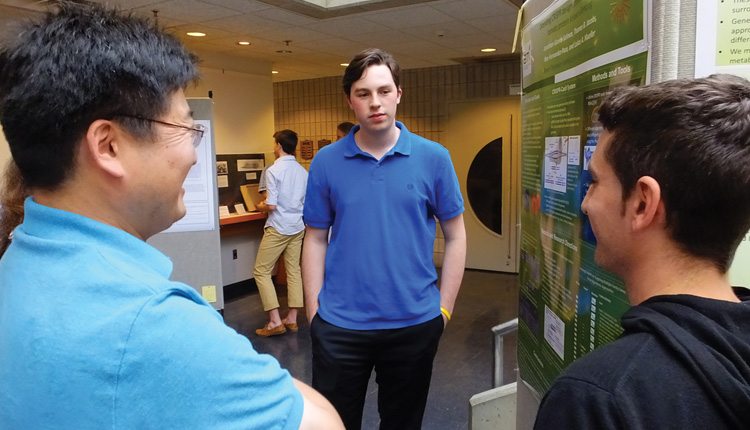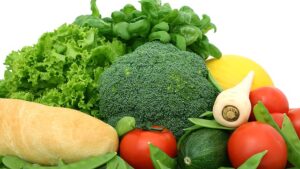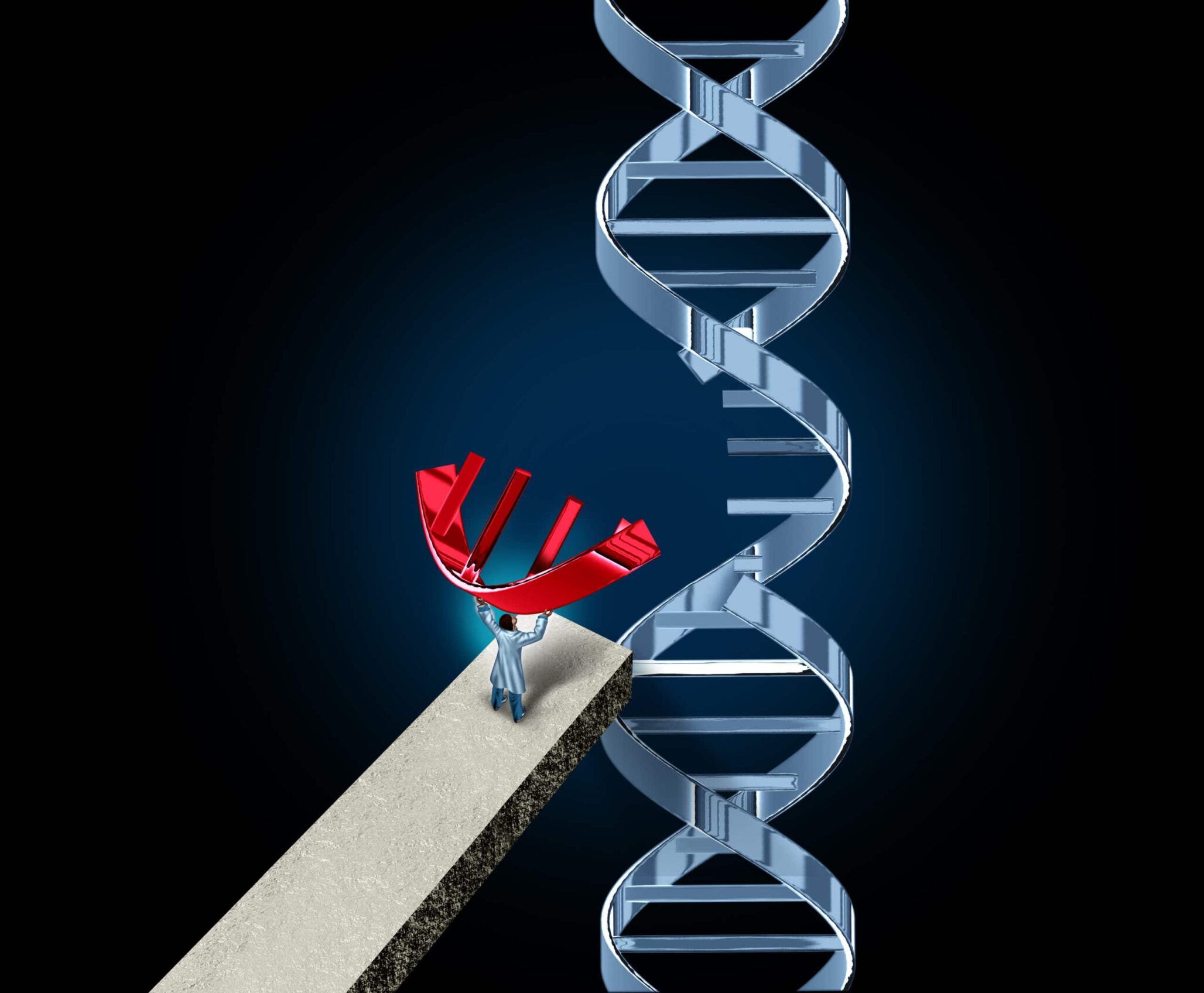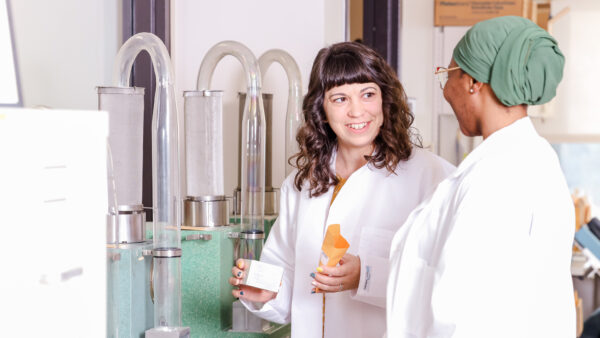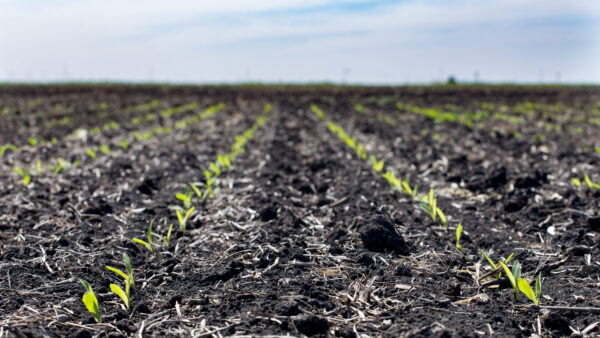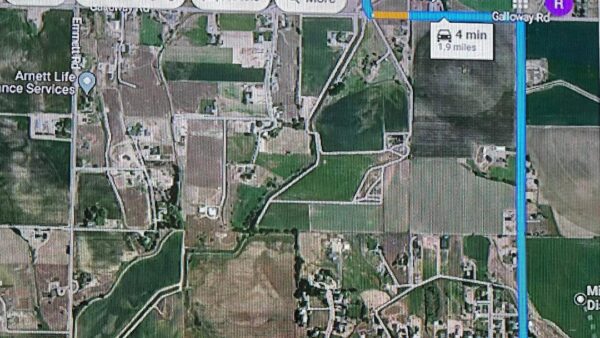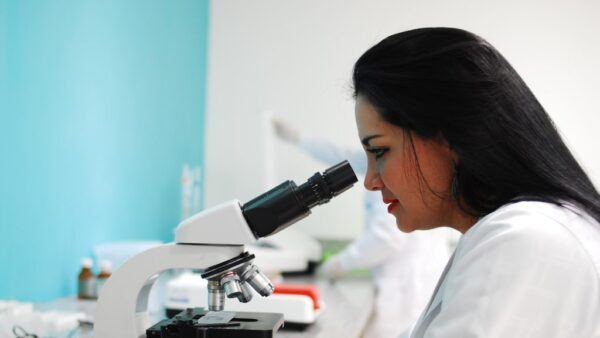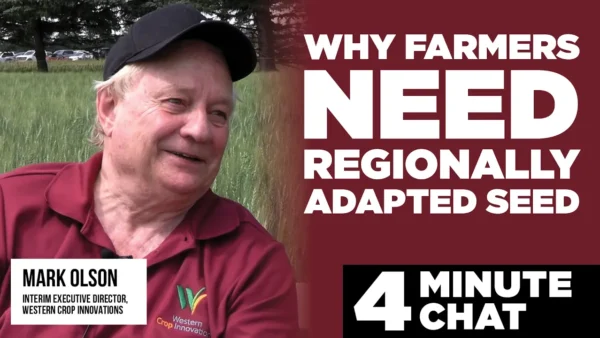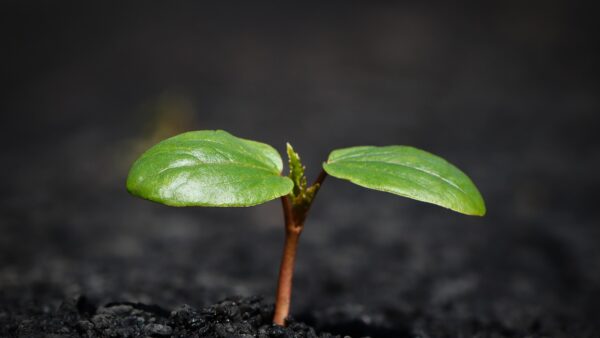Young scientists are pushing the boundaries of a new technology that is revolutionizing the field of genomics.
Josiah Zayner is taking science out of the lab and into the kitchen, allowing people to better explore a new genomics technology called CRISPR that is revolutionizing plant breeding and agriculture.
Zayner is a 35-year-old former NASA biophysicist and “biohacker” with a Ph.D from the University of Chicago. His scientific background is extensive, but Zayner recently made headlines with his crowdfunded campaign to provide genetic engineering CRISPR kits to the general public.
“Anyone can use these kits — they contain everything you need and no extra equipment is required, even if you have had zero experience with biotechnology,” he says. “I believe science should be democratized so everyone has access.”
His Indiegogo campaign has been a massive success. Since December of 2015 he’s raised over $71,000 — three times his original goal. The kits allow anyone with interest to genetically modify yeast and bacteria in their own home. The kits allow the user to turn yeast red and make bacteria survive on special growth media when it normally would not.
But Zayner’s do-it-yourself CRISPR project has the potential to take the DIY genomics concept much further than the kitchen table. Zayner, who spoke at Bayer’s 2016 Agvocacy Forum in New Orleans in March, believes his concept of bringing genetic engineering abilities to the general public could revolutionize plant breeding and farming.
He also runs a small business called The ODIN, providing lab supplies at a far lower cost than normal in an effort to “make science and technology research more accessible.”
He notes that the biohacking movement — in which people pursue biology and life science with tools equivalent to those of professional labs — has already begun working with plants and seeds. His DIY CRISPR concept could eventually change the very concept of plant breeding.
“I think it is a really amazing and cool application. Genetically engineering plants is hard, but not as hard as people think, and I think people like farmers or ag people are really primed to work on this stuff because they have always been experimenters and DIYers,” he says. “CRISPR provides great opportunity because it does simplify things a bit.”
CRISPR is an acronym for clustered regularly interspaced short palindromic repeats, which Zayner says “is just a long name” to say that scientists found a protein that can make highly specific cuts in DNA. That protein, Cas9, gives scientists an unprecedented ability to edit and engineer DNA.
It’s already being used to great effect in plant breeding. Earlier this year, DuPont Pioneer announced waxy corn hybrids as its first commercial agricultural product developed through the application of CRISPR-enabled advanced breeding technology. This “next generation” of corn is expected to be available to U.S. growers within five years, pending field trials and regulatory reviews.
It’s an example of how CRISPR is ushering in a new era for agriculture and new products for farmers. But Zayner feels the day will eventually arrive when CRISPR becomes “democratized” enough that even farmers themselves will use it to create new products.
“We already know that soil composition and precipitation and many other things can vary across a single state, much less the whole U.S. or the world. What if seeds did also?” he says.
“What if instead of farmers selecting from a bunch of ready-made seeds, they could pick and choose what traits they want that they know will be helpful for their specific region or their own farm? That would be amazing. If companies don’t do it, I hope it will be easy enough that farmers can do it themselves.”
The ODIN is expanding to include plant genetic engineering supplies, and Zayner sees the business landscape changing and tipping the scales in the favor of farmers.
“Farming was for a long time democratized. Not that it isn’t now, but genetic engineering has kind of been monopolized by a few larger corporations. This is good because some research and development can get done that many farmers might not be interested in doing, but it’s bad because the people working their land and in the fields can contribute a lot, but right now they’re often not able to,” he says.
“One of the big questions I have as a genetic engineer is, ‘How can I make some of the more complicated techniques like CRISPR accessible to everyone? How do I help farmers take their genetic engineering to the next level?’”
Software Solution
Zayner isn’t the only young scientist pushing the boundaries of what CRISPR can do. Jonathan Gomes Selman, who just graduated from New York’s Ithaca High School, is making a name for himself by bringing computer science to the world of genomics.
Last year, still in Grade 11, he did an internship with the Boyce Thompson Institute where he entered the laboratory of associate professor Lukas Mueller and worked with postdoctoral researcher Noe Fernandez. He set out to create a computer program to improve the efficiency of CRISPR.
Gomes Selman designed a piece of software that makes the CRISPR technology even more precise by allowing researchers to simultaneously target a whole family of genes at one time.
“What I love about CRISPR is if you look at its basics, it’s quite simple. That’s what’s great about it compared to other genome editing techniques. It’s just a protein combined with a guide RNA sequence you can easily design with computer programs,” he says.
That realization was a big one, Fernandez says.
“Many people were interested in Jonathan’s project. They asked us if we will continue developing this software and if we could create a public web tool so that they could use it.”
Gomes Selman’s findings were used to help another researcher, the Boyce Thompson Institute’s Thomas Jacobs, better understand the tomato genome.
“This technique can very easily be applied to plants. Plants are a lot easier than animals for scientists to modify,” Gomes Selman notes. “I got to see a little bit of how he was using CRISPR to study the tomato and make alterations and learn how to make a great yielding tomato plant.”
Words of Caution
While the prospect of honing the CRISPR technology has many running to innovate, others urge caution. David Relman, a professor of infectious diseases and co-director of Stanford’s Center for International Security and Cooperation, has co-authored a paper urging the U.S. government to build a better governance regime for oversight of risky biological research.
“We’ve got an increasing number of unusually risky experiments, and we need to be more thoughtful and deliberate in how we oversee this work,” says Relman, who has been critical of Zayner’s DIY CRISPR kits and other initiatives to bring technology like CRISPR into people’s homes.
But Zayner notes his bacteria and yeast kits are perfectly safe, and says safety concerns in this regard are often overblown. He adds that in the past, other world-changing technologies were often feared as well.
“Personally, I can’t help but think about what happened when technologies or knowledge were democratized and what happened — the printing press, electricity, computers. I imagine genetic engineering will be the same,” he says.
—with files from Steve Fyffe and Patricia Waldron
CRISPR BRINGS OUT POTENTIAL IN THE TOMATO
The CRISPR genome editing technology is helping researchers use the tomato to help fight plant disease. After developing new software tools extending the existing capabilities of CRISPR, New York-based high school student Jonathan Gomes Selman was able to design multiple guide sequences for the Receptor Like Cytoplasmic Kinase (RLCK) gene family of the tomato plant; the gene family plays an important role in the plant’s immune responses.
His research has helped scientists at the Boyce Thompson Institute study the tomato protein kinase family by utilizing CRISPR/Cas9 structures. They plan to use it to create models for the tomato with different genes from the tomato kinase family silenced, to study the functionality of kinase genes and their impacts on plant pathogen interactions. Overall, extending the functionality of current CRISPR tools enables scientists to conduct a greater range of experiments when researching genes through genetic manipulation.
Source: Jonathan Gomes Selman



